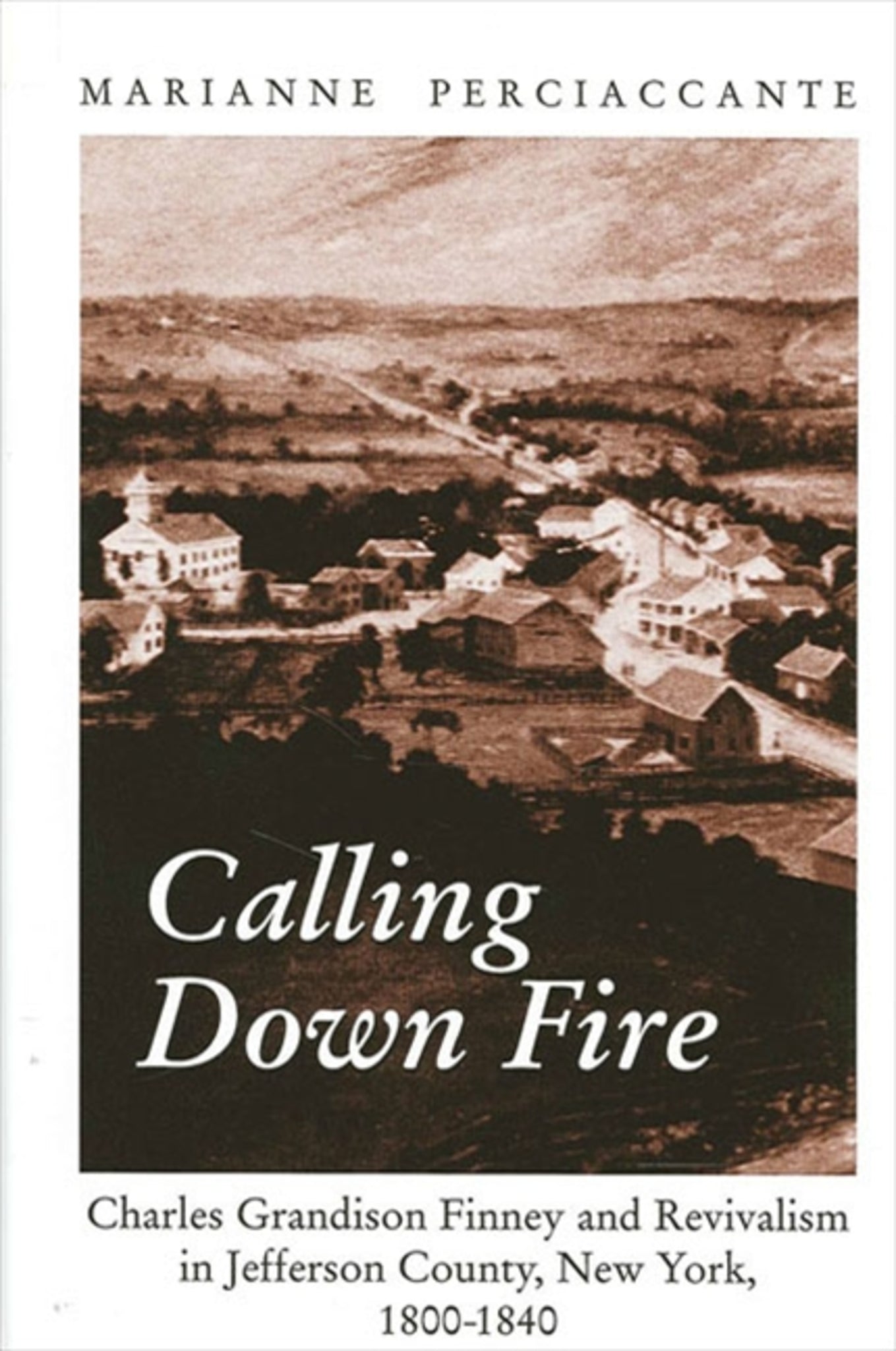We're sorry. An error has occurred
Please cancel or retry.
Calling Down Fire

Some error occured while loading the Quick View. Please close the Quick View and try reloading the page.
Couldn't load pickup availability
- Format:
-
13 February 2003

Explores how the agrarian setting of Jefferson County, New York, influenced the revival methods of Charles Grandison Finney, with implications for the study of revivalism more generally.
Calling Down Fire examines the social and cultural influence of Jefferson County, New York, an isolated, agrarian setting, on the formation of Charles Grandison Finney's theology and revival methods. Finney, who later became president of Oberlin College, was arguably the most innovative and influential revivalist of the Second Great Awakening. He pioneered methods which were widely adopted and promoted a theology that emphasized the ability of evangelists to save souls and the importance of free will in the salvation process. Marianne Perciaccante follows the course of religious enthusiasm and the evolution of the reform impulse in Jefferson County following Finney's departure for more influential pulpits. When Finney began to preach in Jefferson County, he brought Baptist and Methodist piety to the Presbyterians of the northern section of the county. This pious fervor eventually was adopted widely by middle-class Presbyterians and Congregationalists and constituted an acceptance by elites of tempered, non-elite piety.


Acknowledgments
1. Introduction
2. Jefferson County
Appendix: New York State Census of 1835 and 1845
3. The Foundations of Fervor
4. The Maturation of the Churches
5. The Progress of Reform
6. Conclusion
Notes
Bibliography
Index



